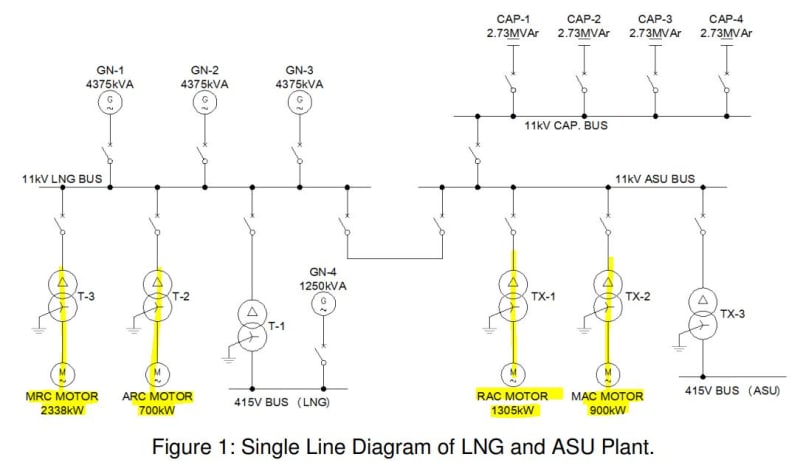NickParker
Electrical
When and where is the captive transformer method of starting is preferred over VFD/Soft starter?
My understanding is that,
1. A captive transformer start is typically used where only a single motor needs to be accelerated.
2. Unless speed regulation by VFD is required for process purposes, it is worthwhile to analyze if direct on line start of an electric motor, or a start through a captive transformer, would satisfy the project requirements. It is the simplest solution with the lowest total installed cost.
My understanding is that,
1. A captive transformer start is typically used where only a single motor needs to be accelerated.
2. Unless speed regulation by VFD is required for process purposes, it is worthwhile to analyze if direct on line start of an electric motor, or a start through a captive transformer, would satisfy the project requirements. It is the simplest solution with the lowest total installed cost.

